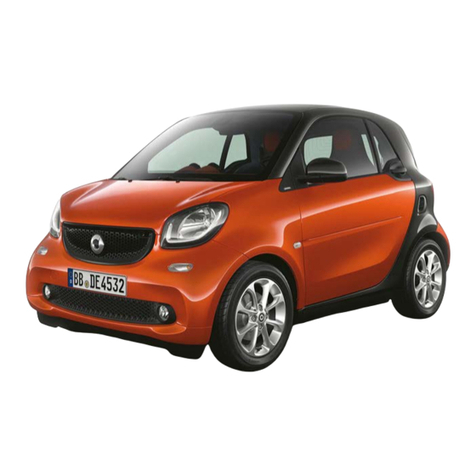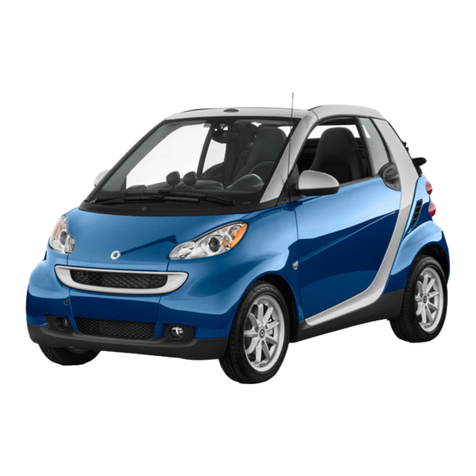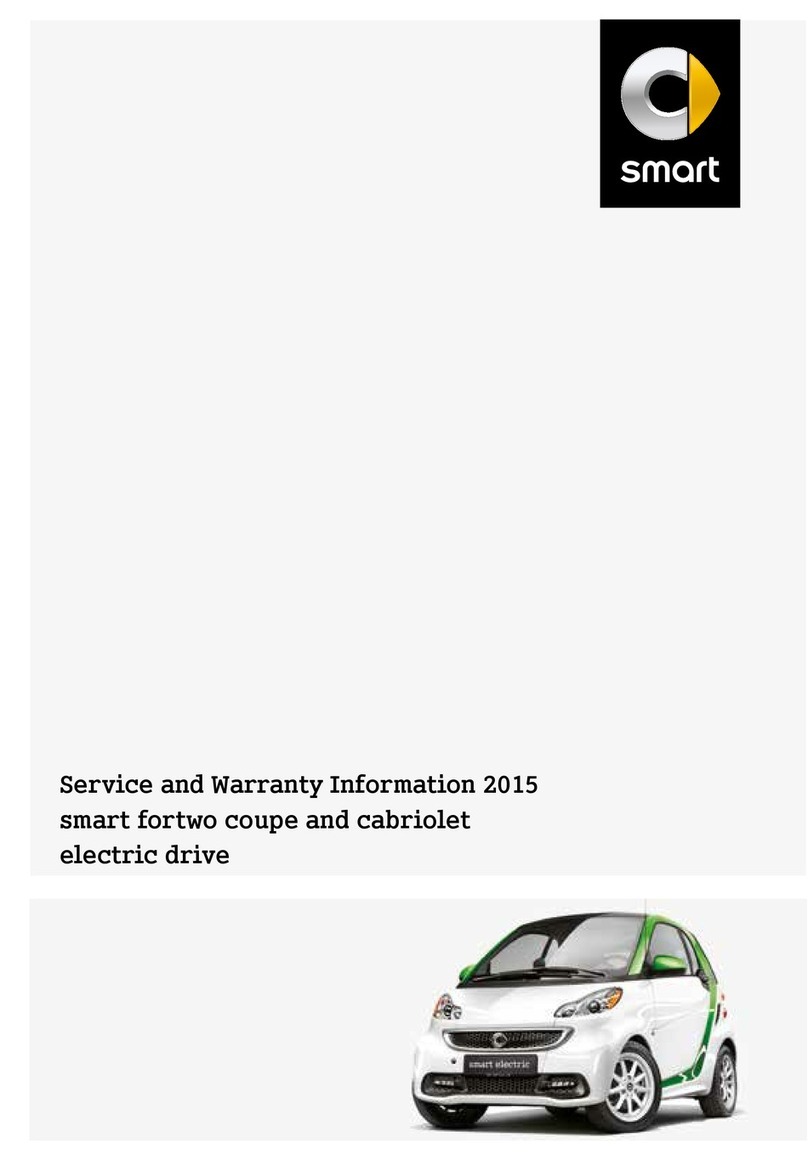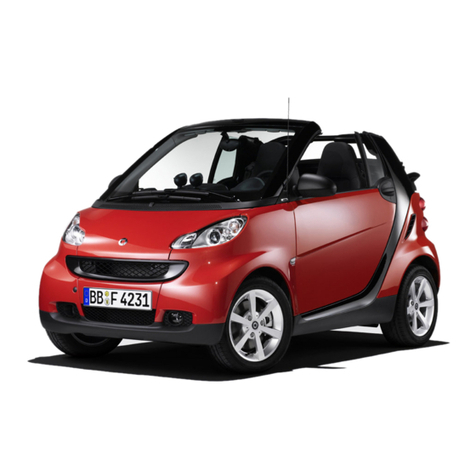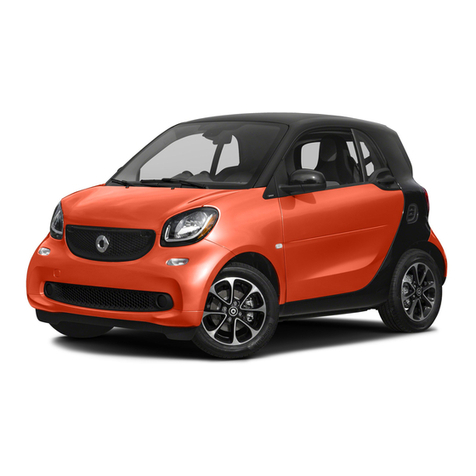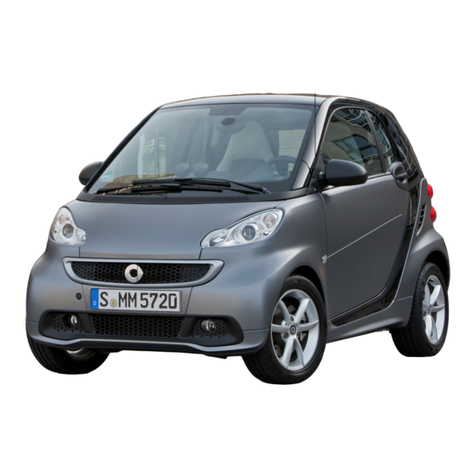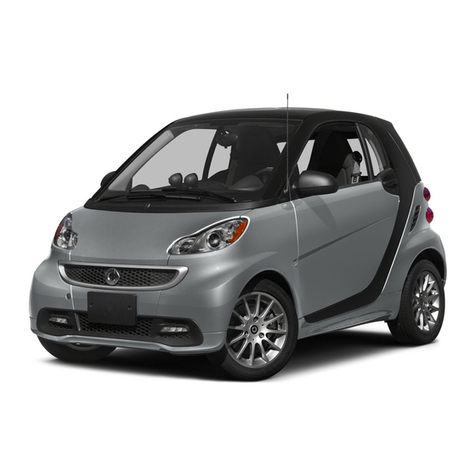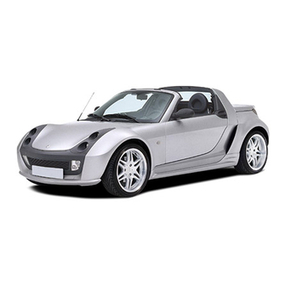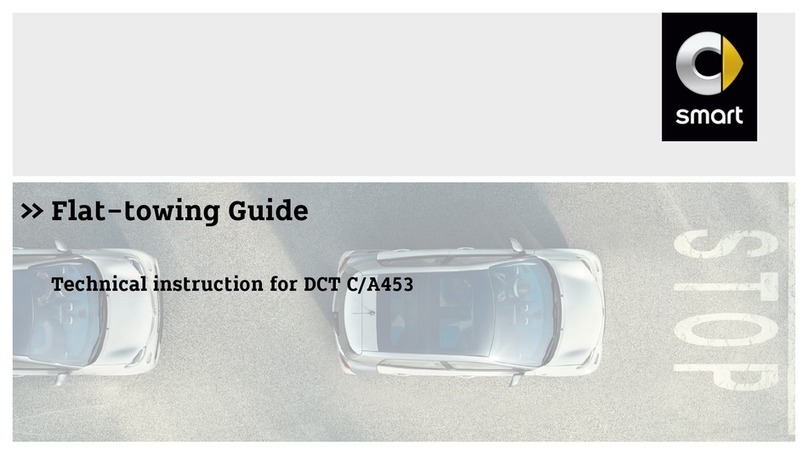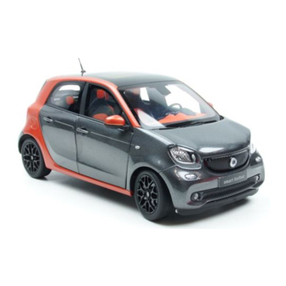
1, 2, 3 ...
12 V socket ................................... 117
A
AAS ............................................. 74
ABS ............................................. 42
Indicator lamp ......................... 141
Acoustic Vehicle Indication* ........... 45
Additional door locking function* .... 50
Adjusting the temperature for
departure (on-board computer) ......... 99
Air vents
Adjusting ............................... 108
Air-conditioning system with
automatic temperature control ........ 108
Adjusting the air vents .............. 108
Adjusting the temperature for
departure ............................... 107
Air-recirculation mode ............. 110
Airflow .................................. 109
Airflow distribution ................ 109
Defrosting .............................. 109
Notes ..................................... 107
Temperature ............................ 108
Air-recirculation mode ................. 110
Airbag
Enabling and disabling the
passenger airbag* ..................... 41
Head-Thorax-Sidebag* ............... 32
Airbags ........................................ 30
Driver's ................................... 31
Front-passenger ........................ 31
Front-passenger airbag warn-
ing ......................................... 40
How the airbags work .................. 31
Indicator lamp ........................ 143
Ambient light* .............................. 61
Ambient lighting* .......................... 62
Anti-lock Braking System
see ABS ................................... 42
Anti-theft alarm system* ................. 44
Anti-theft system
Anti-theft alarm system* ............ 44
Armrest* ...................................... 54
Audible warning signal .................. 149
Audio system basic* ...................... 104
Audio system navigation/multime-
dia* ........................................... 104
Auto-relock function ...................... 49
Automatic car wash ....................... 132
Automatic door lock
auto-relock function .................. 49
drive lock function .................... 49
AUX jack ..................................... 104
B
Battery .................................. 167, 168
Charging ................................ 170
Fitting the battery ................... 170
Indicator lamp ........................ 144
Key ........................................ 151
Removing the battery ................ 169
Belt force limiters ........................ 30
Belt tensioners ............................. 30
Boot ............................................ 50
Boot cover* ............................. 112
Brake Assist ................................. 43
Brake fluid ............................ 123, 185
Brake lamp
Overview ................................ 153
Brake light
Changing ................................ 155
Brake pad wear indicator ................ 150
Brake system
Brake pedal .............................. 72
Indicator lamp ......................... 141
Parking brake ........................... 72
Brakes
see Brake system ....................... 72
Breakdown kit* ....................... 136, 158
Bulbs
Changing (front) ...................... 154
Changing (rear) ....................... 155
Front ..................................... 153
Rear ...................................... 153
C
Care
Automatic car wash ................... 132
High-pressure cleaners ............. 132
Matt paintwork ........................ 133
Paintwork ............................... 133
4Index
